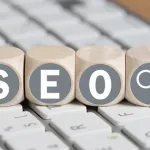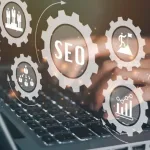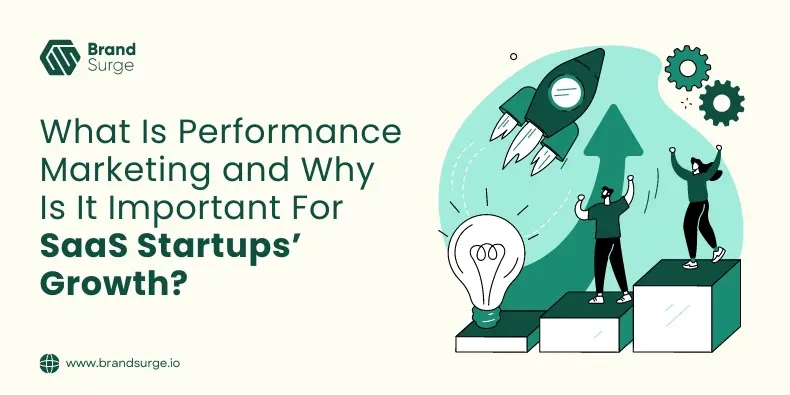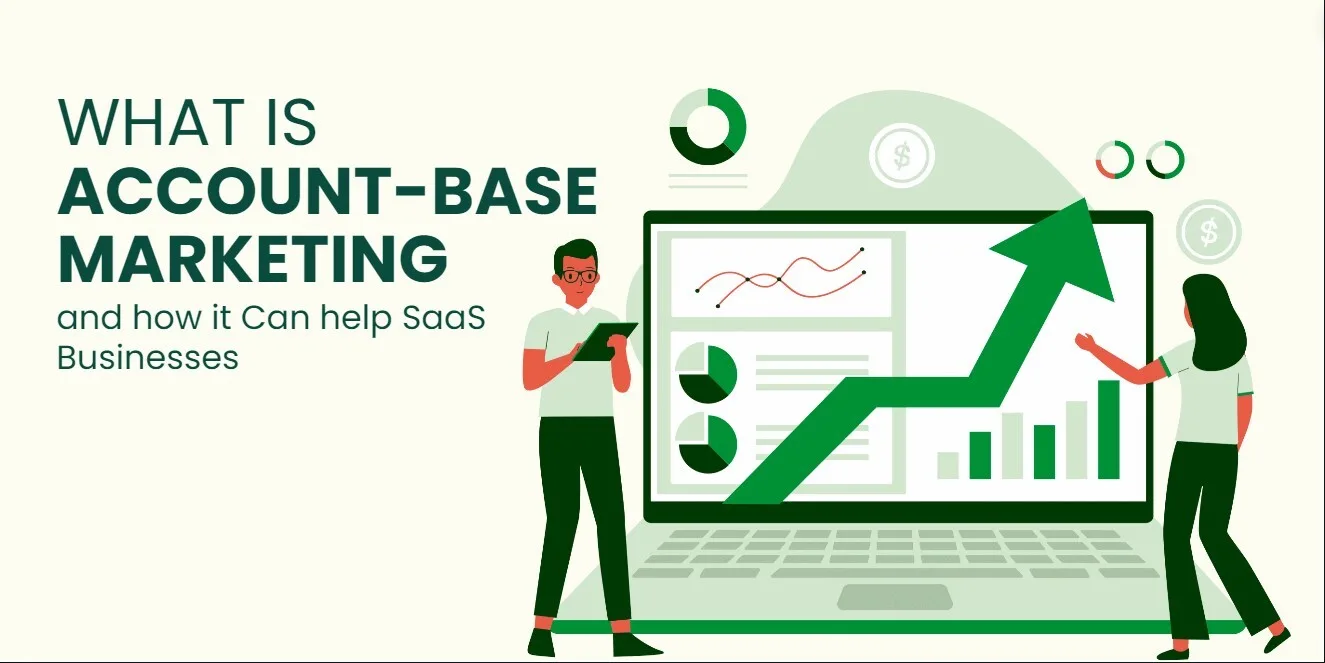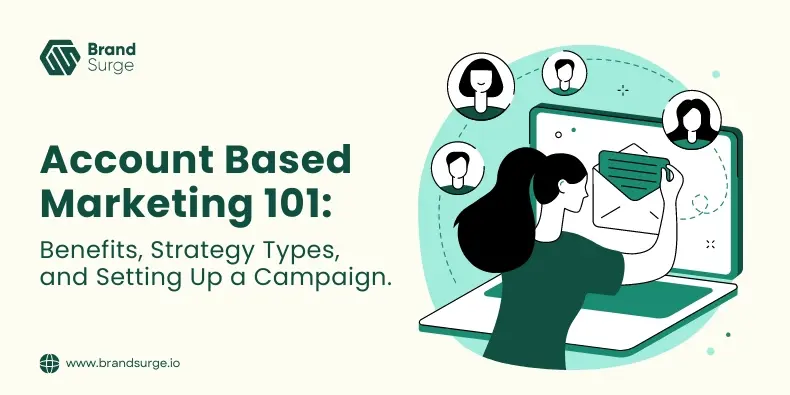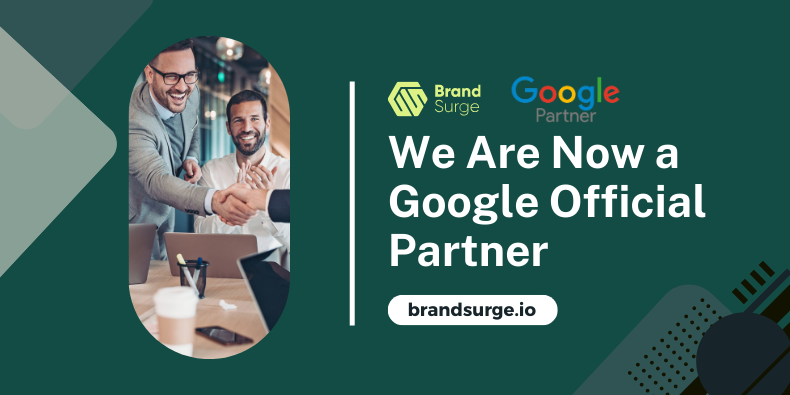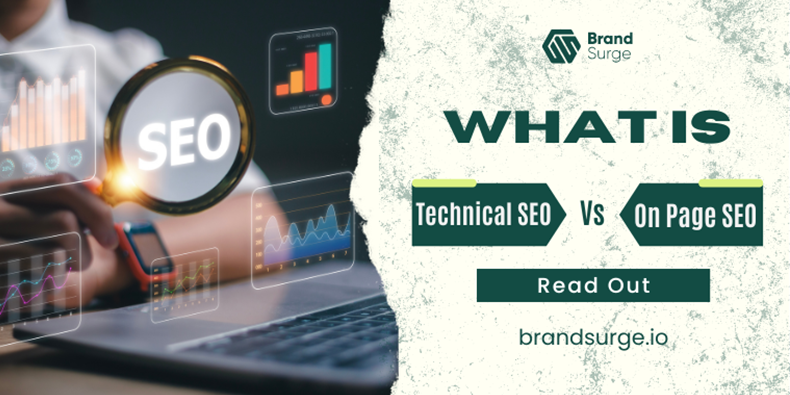The software as a service (SaaS) industry and startups have experienced tremendous growth over the years, and 2025 is shaping up to be a significant year for the sector. With the increasing demand for cloud-based solutions, SaaS startups’ growth will continue to be remarkable in the coming years.
However, the industry is not immune to the ever-changing technology landscape. And if you aim to stay among the trendsetters in your industry, it is crucial for you to understand what’s coming ahead and adapt to them in a timely manner to stay prepared.
In this blog post, we will explore the top trends that will most dominantly impact the SaaS industry in 2025.
Top SaaS Trends That Will Define 2025
SaaS Startups must stay current with the latest SaaS trends in 2025 to strategize efficiently for maximum business growth. Here is a list of the top SaaS trends expected to shape the SaaS industry in 2025.
1. AI and Machine Learning
AI and machine learning are two emerging technologies that will significantly impact the SaaS industry in 2025. Many SaaS applications already leverage AI and machine learning to provide personalized and intelligent customer experiences. As technology advances, we can expect more SaaS solutions to incorporate AI and machine learning to provide more intuitive and intelligent workflows.
2. No-code/Low-code
The no-code/low-code movement is gaining momentum. We will see more SaaS solutions leveraging these technologies to enable users to build and customize their applications without requiring coding skills. This trend will democratize the ability to build software, making it more accessible to non-technical users.
3. Hybrid Cloud
Hybrid cloud solutions are becoming increasingly popular among businesses. In 2025, we can expect more SaaS providers to offer hybrid cloud solutions that allow users to seamlessly transition between on-premises and cloud-based environments. Hybrid cloud solutions provide businesses with the flexibility and scalability they need to keep up with the ever-changing technology landscape.
4. Vertical SaaS
Vertical SaaS solutions are industry-specific SaaS applications that provide tailored solutions to meet the unique needs of a particular industry.
As the number of available solutions increases, it becomes harder for new or smaller SaaS providers to gain a share of the sales and revenue from the market. In the future, the most successful SaaS providers will likely be large SaaS businesses that offer one-size-fits-all solutions.
Smaller SaaS companies will need to specialize in creating software that addresses specific needs to succeed. They will be designed to meet the specific requirements of small groups of users within particular industries – a micro-niche.
In the coming years, we can expect more SaaS providers to offer vertical SaaS solutions to meet the growing demand for industry-specific solutions and find their feet in the industry.
5. Security and Privacy
As more businesses move their operations to the cloud, security and privacy concerns remain a top priority. In 2025, we can expect more SaaS providers to incorporate advanced security and privacy features into their solutions to ensure that their customers’ data is secure and protected.
However, based on current trends and industry developments, here are some potential ways in which security could be improved in the SaaS industry by 2025:
- Enhanced encryption: SaaS providers are likely to implement more robust encryption methods to protect data at rest and in transit. This could include the use of multi-factor authentication and end-to-end encryption.
- AI-powered security: The integration of AI and machine learning algorithms into SaaS applications could help improve security by enabling faster detection and response to security threats.
- Blockchain-based security: The use of blockchain technology could enhance the security of SaaS applications by providing a tamper-proof distributed ledger that can be used to secure transactions and authenticate users.
- Compliance with security regulations: SaaS providers are likely to prioritize compliance with security regulations such as GDPR, CCPA, and HIPAA to ensure that their applications meet the highest security standards.
- Increased focus on security by design: SaaS providers are likely to adopt a security-by-design approach, where security is integrated into the development process from the outset rather than being added as an afterthought.
6. Collaborative Tools
Collaboration tools are becoming increasingly important as more businesses adopt remote work policies. In the coming years, we will see more SaaS providers integrating third-party tools in their software to provide users with a seamless experience across different applications. This will make SaaS solutions more versatile and valuable for businesses.
7. Customer Experience
As SaaS companies adapt to changing customer service dynamics, an opportunity to use predictive behavior analysis comes forth. It can be used to automate CRM processes, improve personalization, optimize customer segmentation, and identify customers at risk of churning.
Improved AI capabilities can help companies to automate repetitive tasks, reduce response times, and provide better self-service support tools. It can also lower customer support costs, ultimately leading to improved service. This is likely to be a key trend in the SaaS industry in the coming years. Because companies strive to stay competitive and meet the evolving needs of their customers.
By leveraging the insights and capabilities provided by AI, SaaS companies can better understand and predict customer behavior. This leads to more targeted and effective marketing and sales efforts. This can help in driving revenue and improve customer satisfaction, ultimately contributing to the long-term success of the company.
8. Voice-Enabled Solutions
Voice-enabled solutions are becoming increasingly popular, and we can expect to see more SaaS providers offer voice-enabled solutions in 2025. Such technology will allow users to interact with SaaS applications using voice commands – making workflows more intuitive, natural, and convenient for the users.
9. Emphasis on Sustainability
Sustainability is becoming a critical concern for businesses and consumers alike. 83% of consumers will always choose a brand with a better sustainability record, Wunderman Thompson’s study found. Not just the consumers but investors are also 74% more likely to divert from companies with poor sustainability performance, as per the IMD report.

Therefore, we will see many SaaS providers prioritizing sustainability in the coming years by offering energy-efficient solutions, reducing carbon footprints, and promoting sustainable practices.
10. Mobile-First Development
One of the most significant future SaaS trends is the mobile-first development of software. In it, new products are developed for smartphone accessibility first. And then, they will be adapted for PC. This process is the opposite of how it has usually been done until now.
This approach is vital for SaaS companies who want to stay in the industry market for a long time. Why? Because nearly three-quarters of internet users have been estimated to access the Internet or the web only through their smartphones by 2025.
11. Surge in Content Marketing
It is an effective marketing strategy for SaaS companies because it helps to position them as thought leaders in their industry, establish credibility and trust with their target audience, and drive organic traffic to their websites.
One of the main benefits of content marketing for your SaaS business is that it allows you to reach your target audience through different search engines. You can create high-quality, informative content that is optimized for relevant keywords. With this strategy, you can increase brand visibility and attract qualified traffic to your website.
In addition, Content Marketing Service can also help to nurture leads and build relationships with potential customers. By providing valuable information and resources, you can quickly establish your SaaS business as a credible source for your target audience. This can help to increase customer loyalty and retention, leading to long-term profitability.
12. Usage-Based and Value-Based Pricing
One trend that is likely to emerge in the coming years is the adoption of usage-based and value-based pricing models. In the self-service business model that is common among SaaS products, buyers purchase online without having any personal contact with the company. This can lead to SaaS products being seen as commodities, with customers switching to cheaper options when they become available.
With usage and value-based pricing models, SaaS companies can provide customers with more customized and flexible pricing options. In addition to delivering value to customers, these models can help you increase the perceived value of the product, leading to higher customer retention and increased profitability.
Stay Ahead of the Market Trends with Brand Surge
So these are the expected waves in the industry, and you should not underestimate their impact in any capacity. It is especially crucial for SaaS businesses to adapt advancements and upcoming trends to work strategically and stay relevant in the industry.
Brand Surge is a full-stack digital marketing agency providing market-leading growth hacking and growth marketing strategies for SaaS businesses of all sizes. Our highly skilled and experienced experts aim to provide customized strategies tailored to the needs and goals of your SaaS startups. We promise higher leads, conversions, sales, and return on investment. Discover your true digital growth potential with Brand Surge!

